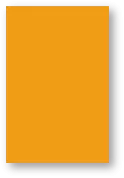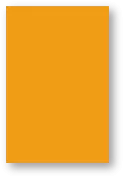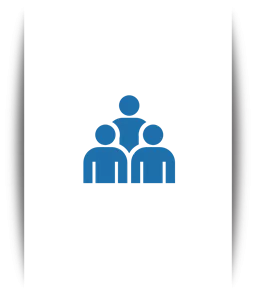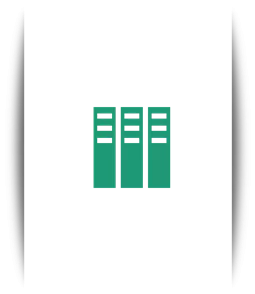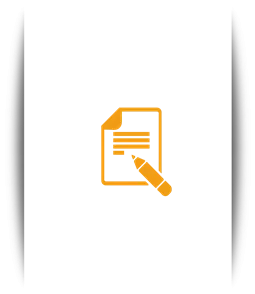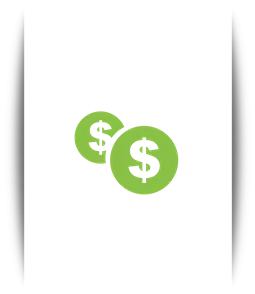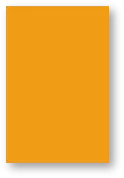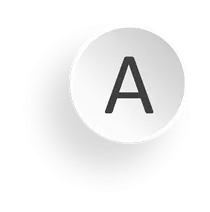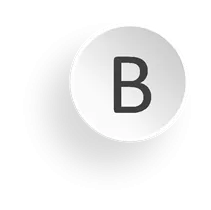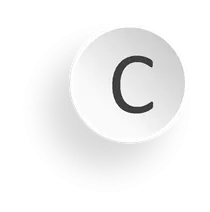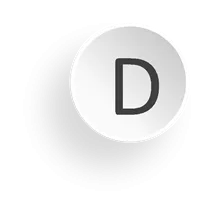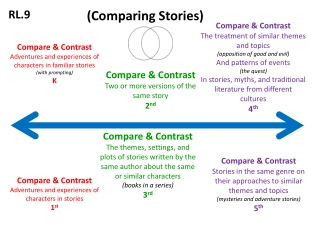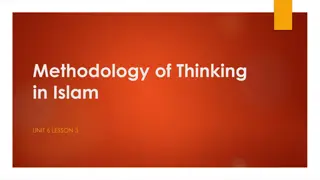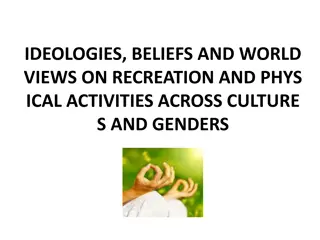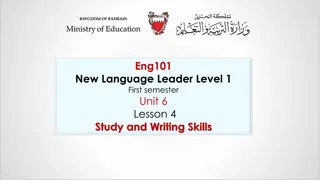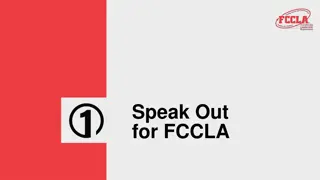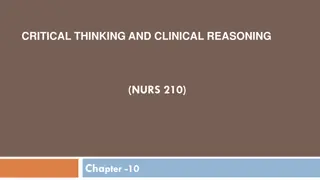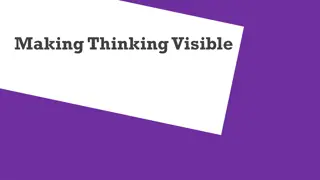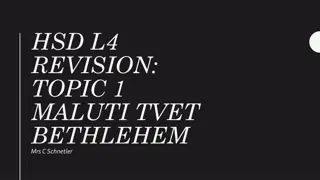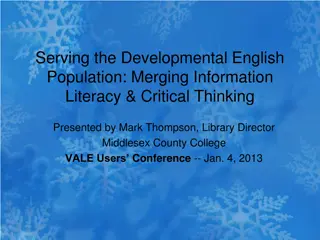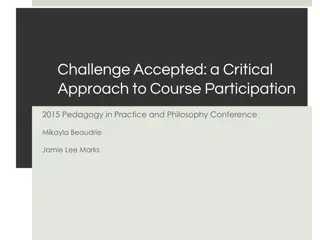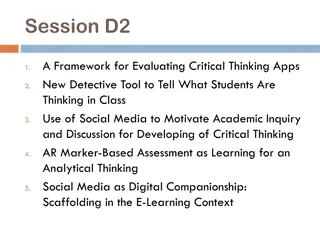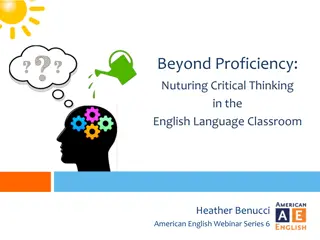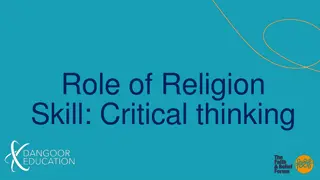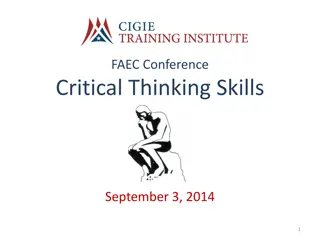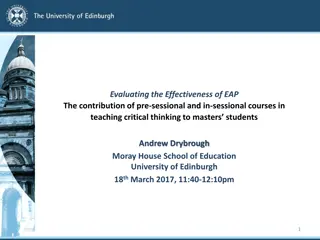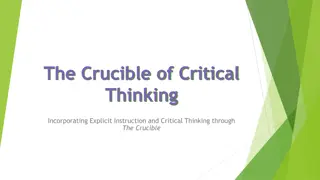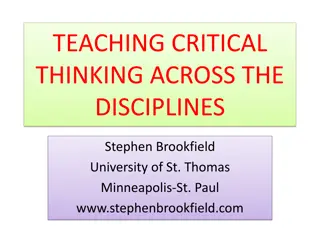Critical Thinking Across Cultures
Exploring the conceptualization of critical thinking across different cultures, this study aims to identify key components such as reasoning skills, evaluation, self-regulation, and intellectual virtues. By delving into cultural biases, attitudes, and knowledge, this research enhances the understanding of how critical thinking is assessed and applied globally.
Download Presentation

Please find below an Image/Link to download the presentation.
The content on the website is provided AS IS for your information and personal use only. It may not be sold, licensed, or shared on other websites without obtaining consent from the author.If you encounter any issues during the download, it is possible that the publisher has removed the file from their server.
You are allowed to download the files provided on this website for personal or commercial use, subject to the condition that they are used lawfully. All files are the property of their respective owners.
The content on the website is provided AS IS for your information and personal use only. It may not be sold, licensed, or shared on other websites without obtaining consent from the author.
E N D
Presentation Transcript
CRITICAL THINKING ACROSS CULTURES
Objectives 01 02 To identify conceptualization of critical thinking To explore critical thinking across cultures 03 04 To stimulate further interest and debate To analyze critical thinking assessment
Contents A Conceptualization of CT CT Across Cultures B CT Assessment C Conclusion D
A Conceptualization
Conceptualization - Cognitive component: CT is a skill, a set of skills, a mental procedure, or simply rationality. Earlier 01 01 - Broader perspectives: CT is reasonable reflective thinking (Ennis, 1987). - More holistic view: CT has 3 dimensions---cognitive skills, disposition, and knowledge (Thomas & Lok, 2015). Later 02 02 03 03 Recently
Conceptualization Reasoning Skills Evaluation Self-regulation Intellectual virtues Reasoning CT Attributes Disposition Attitudes Knowledge Experience Specific content Habits of mind Figure 1 The relationship of Critical Thinking Attributes (Thomas & Lok, 2015)
Conceptualization---Skills Self- regulation Reasoning Evaluation 01 02 03 Ability to seek out knowledge and evidence, as well as minimize assumptions and bias and see weakness even in one s own thinking. Ability to identify and explore evidence using particular generic methods such as reading and discussion, as well as inference and explanation. Skills of interpretation and analysis, including technical analysis.
Conceptualization---Disposition Habits of mind Intellectual virtues Attitudes 01 02 03 Cultural or trait- induced bias & the tendency toward black-and-white thinking. Being open- minded and fair-minded. Truth seeking and curiosity.
Conceptualization---Knowledge General information Specific content Experience 01 02 03 Specific content- based knowledge related to discipline-specific and contextual information. Includes intellectual development and knowledge gained from life and work experience. General information and basic facts enable valid evaluation.
Consensus --- Cognitive A Interpretation Self-regulation B F Analysis Explanation E C D Inference Evaluation
Consensus ---Affective & dispositional Concerns to become and remain generally well-informed B Inquisitiveness with regard to a wide range of issues Alertness to opportunities to use CT C A
Key terms CT Culture Purposeful, self-regulatory judgment which results in interpretation, analysis, evaluation and inference as well as explanation of the evidential conceptual, methodological, criteriological or contextual considerations upon which that judgment was based; Essential as a tool of inquiry; Pervasive and self-rectifying human phenomenon. Taken in its broad sense, culture is the complex and dynamic pattern of socially transmitted assumptions, knowledge, values, feelings, beliefs, morals, and customs through which humans interpret their experience; develop strategies for living; attempt to answer questions of meaning and purpose; locate their belonging; and grow in their understanding of their intellectual and social worlds.
B CT Across Cultures
CT Across Cultures ---Theorem Figure 2 The relationship of Reasoning Patterns and Cultures (Chan & Yan, 2009, as cited in Merrifield, 2015)
CT Across Cultures ---Theorem General reasoning patterns that are shared across cultures Region 1 General patterns of assumptions or interpretation that are shared by some cultures but not all cultures Region 2 Idea that on some level different cultural framework have unique patterns of thinking that are specific to their own cultural context Region 3
Analytic Thinking in Individualist Culture Emphasize independence, self-determination & self-reliance. Foster an autonomous self: Each person is unique & separate from others. 01 02 04 Low-context communication style: express directly & clearly, speak mind freely. CT involves a strategy, a process of asking & answering questions with evidence. 03
Analytic Thinking in Individualist Culture Swartz and Parks (1994): Five-step decision-making strategy for individualists: Gather information to predict each options likelihood of positive and negative consequences 03 Evaluate the importance of likely consequences Consider a number of options 04 02 Determine whether a decision is necessary based on their significance Choose the best option 01 05
Holistic Thinking in Collective Culture -Consider an issue carefully, frame a question, approach a wise elder for advice, & ponder it -Advocate the self as interrelated & interdependent with others; -Stress mutual obligations & shared responsibility 04 04 01 01 03 03 -Values: harmony, social reciprocity, obligation, dependence, & obedience. -Saving face -Rely on nonverbal cues; -Prefer indirectness, ambiguity, & silence. -High-context style 02 02
Holistic Thinking in Collective Culture Moemeka (1998): Five characteristics of collective or communal culture Usefulness of the individual 03 Respect for the elderly Sanctity of authority & hierarchy 04 02 Supremacy of the community Religion as a way of life 01 05
Summary Collective cultures: Focus on the social dimension of thinking, depending more on others informational and experiential resources All cultures have unique ways of knowing, learning & thinking 01 01 Western culture: CT & PS are intellectual tasks carried out independently, yielding consequences for which one is solely responsible 02 02 Differences in values, patterns of communication, & thinking disposition influence the purposes, conduct, & standards for good thinking 03 03 04 04
C CT Assessment
CT Assessment --- Instruments Watson-Glaser Critical Thinking Appraisal (WGCTA) California Critical Thinking Disposition Inventory (CCTDI) 01 Ennis-Weir Critical Thinking Essay Test (EWCTET) 05 02 California Critical Thinking Skills Test (CCTST) 04 03 Cornell Critical Thinking Test (CCTT)
CT Assessment --- Instruments Halpern Critical Thinking Assessment (HCTA) 07 07 ETS Proficiency Profile (EPP) 06 06 08 08 Collegiate Assessment of Academic Proficiency (CAAP) 09 09 Collegiate Learning Assessment + (CLA+)
CT Assessment --- Format Selected-response items: multiple- choice or Likert-type items CAAP, CCTST, WGCTA Constructed-response test or the open-ended items EWCTET Combination of multiple-choice and constructed-response items EPP, HITA, CLA+
CT Assessment --- Reliability Constructed-response: High face validity Low reliability Subscales: Multidimensional nature C A D B Multiple-choice: Relatively high reliability Strength & weakness of subscales
CT Assessment --- Validity -Correlation of CT with scores on other general cognitive measures A -Moderate correlations C B -Existing problems with present assessments D -Future research: predictive validity of CT
Summary The assessments with multi-choice & open-ended responses measure cognitive skills & dispositions of CT separately Conceptualization & assessment of CT are interdependent 01 01 Both open-ended or constructed-response & multiple-choice response formats should be employed 02 02 How CT is defined determines how it is best measured 03 03 04 04
D Conclusion
Conclusion Teachers ponder the function that culture and language play The influence of culture on thinking, learning and problem solving are increasingly acknowledged Teachers learn about Ss cognitive diversities, & employ various instructional methods
Reference Brenner, D. F., & Parks, S. (2001). Cultural Influences on Critical Thinking and Problem Solving. In A. L. Costa (Ed.), Developing Minds: A Resource Book for Teaching Thinking. (216-221). Alexandria, Virginia: Association for Supervision and Curriculum Development. Costa, A. L. (Ed) (2001). Developing Minds: A Resource Book for Teaching Thinking. Alexandria, Virginia: Association for Supervision and Curriculum Development. Davies, M. & Barnett, R. (Eds.) (2015). The Palgrave Handbook of Critical Thinking in Higher Education. New York, NY: Palgrave Macmillan. Ennis, R. H. (1987). A taxonomy of critical thinking dispositions and abilities. In J. B. Baron & R. J. Sternberg (Eds.), Teaching thinking skills: Theory and practice. Ennis, R. H. (2003). Critical thinking assessment. In D. Fasko (Ed.), Critical thinking and reasoning. (293 310). Cresskill, NJ: Hampton Press.
Reference Ennis, R. H. (2003). Critical thinking assessment. In D. Fasko (Ed.), Critical thinking and reasoning. (293 310). Cresskill, NJ: Hampton Press. Ku, K. Y. L. (2009). Assessing students critical thinking performance: Urging for measurements using multi-response format. Thinking Skills and Creativity, 4 (1), 70-76. https://www.sciencedirect.com/science/article/pii/S1871187109000054 Liu, O. L., Frankel, L., & Roohr, K. C. (2014). Assessing critical thinking in higher education: current state and directions for next-generation assessment. ETS Research Report Series. https://onlinelibrary.wiley.com/doi/epdf/10.1002/ets2.12009 Merrifield, W. (2018). Culture and Critical Thinking: Exploring Culturally Informed Reasoning Processes in a Lebanese University Using Think-Aloud Protocols. Doctor of Education (EdD). 112. https://digitalcommons.georgefox.edu/edd/112 Thomas, K. & Lok, B. (2015). Teaching critical thinking: an operational framework. In Davies, M. & Barnett, R. (Eds.). The Palgrave Handbook of Critical Thinking in Higher Education. (93-105). New York, NY: Palgrave Macmillan.
THANK YOU FOR YOUR ATTENTION












